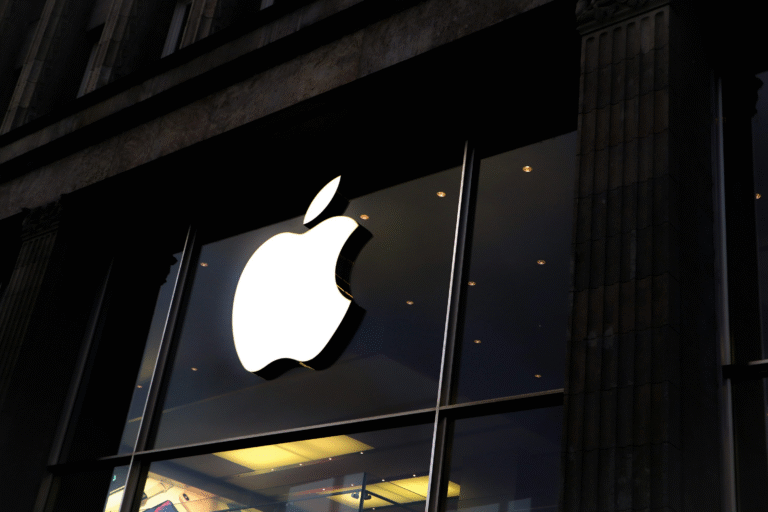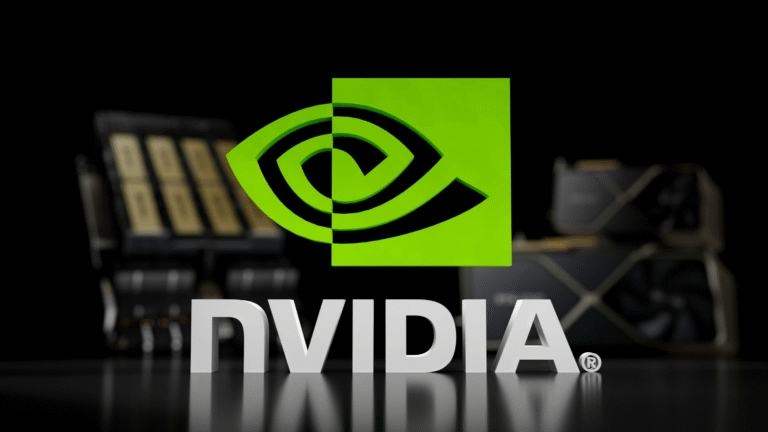
Nostalgia, that bittersweet pang of yearning for a bygone era, isn’t just a sentimental sigh. It’s a powerful force shaping consumer behavior, and savvy entrepreneurs are harnessing its potential to build thriving businesses. But can nostalgia alone sustain a venture, or is it a fleeting fad destined to fade like a polaroid in the sun?
Harnessing the Emotional Currency of the Past
Nostalgia thrives on shared experiences, connecting us to a time capsule of sights, sounds, and smells that evoke warm, fuzzy feelings. A brand that taps into this collective memory bank can forge an instant emotional bond with its audience. Imagine biting into a chewy candy that transports you back to childhood summers, or humming along to a vintage record player crackling with familiar tunes. These sensory triggers bypass logic and spark an immediate connection, fostering brand loyalty and driving sales.
Beyond Retro: A Modern Take on Nostalgia
While vintage aesthetics and pop culture references can trigger nostalgia, successful businesses go beyond mere imitation. They reimagine the past with a modern twist, offering fresh interpretations of beloved classics. Think fashion brands revamping retro styles with contemporary cuts and fabrics, or board game companies reviving childhood favorites with updated mechanics and storylines. This approach keeps the core nostalgic appeal alive while catering to present-day preferences, ensuring long-term relevance.
Building a Community Around Shared Memories
Nostalgia isn’t just a one-way street. It’s about creating a community of like-minded individuals who share a common past. Brands that foster this sense of belonging can build powerful customer relationships. Think curated online spaces where people can reminisce about shared experiences, or in-person events celebrating forgotten hobbies and trends. This fosters brand advocacy and word-of-mouth marketing, turning customers into passionate brand ambassadors.
The Challenges of Selling Memories
While nostalgia holds immense potential, it’s not without its challenges. Striking the right balance between evoking the past and remaining relevant can be tricky. Catering to a specific nostalgia niche might limit your audience, while appealing to a broader range of memories risks diluting the emotional impact. Additionally, nostalgia can be subjective and culturally specific, requiring careful consideration of your target audience and their unique experiences.
Finding Your Niche in the Nostalgia Economy
So, can you build a successful business on nostalgia? The answer is a resounding yes, but only if you approach it strategically. Identify a specific niche within the vast landscape of nostalgia, understand your target audience’s shared memories, and offer products or experiences that resonate with their emotional core. Remember, nostalgia is more than just a marketing trend; it’s a powerful tool for building meaningful connections and fostering brand loyalty. Leverage its emotional pull, but keep one foot firmly planted in the present, and you’ll be well on your way to building a business that thrives on the power of memory.
Examples of Nostalgia-Fueled Businesses:
- Urban Outfitters: This clothing retailer masters the art of reimagining vintage styles for a modern audience, offering a curated selection of retro-inspired apparel and accessories.
- Polaroid: The iconic instant camera brand has experienced a resurgence in popularity, tapping into the nostalgia for tangible memories in a digital age.
- Board & Brew: This board game café chain combines classic board games with craft beer and pub fare, creating a nostalgic atmosphere for adults yearning for simpler times.
Remember, nostalgia is a powerful tool, but it’s just one ingredient in the recipe for success. By combining it with creativity, quality products, and a deep understanding of your target audience, you can build a business that not only sells products, but also sells memories, and that’s a recipe for long-term prosperity.
So, go forth, tap into the emotional goldmine of nostalgia, and build a business that makes people yearn for more than just your products – it makes them yearn for the warm embrace of the past, reimagined for the present.








